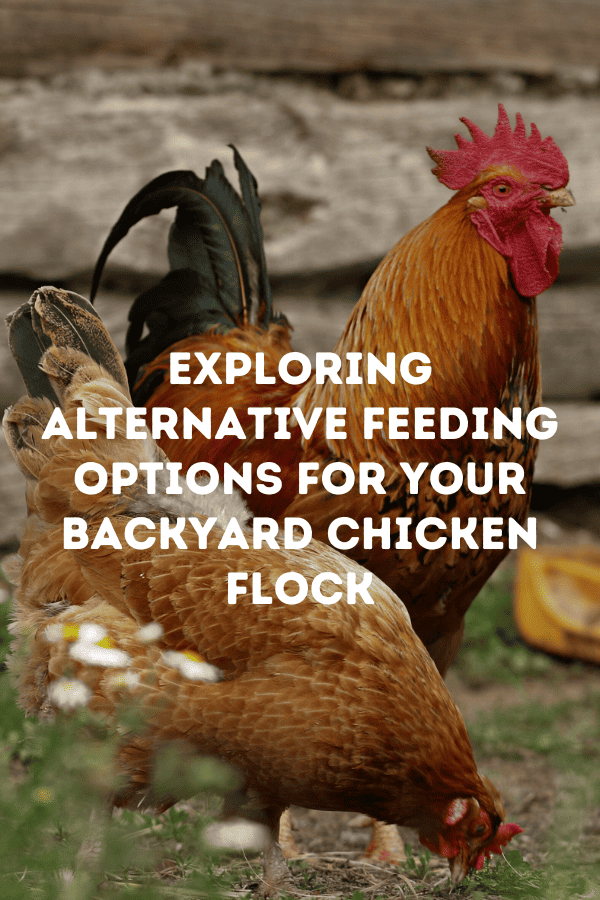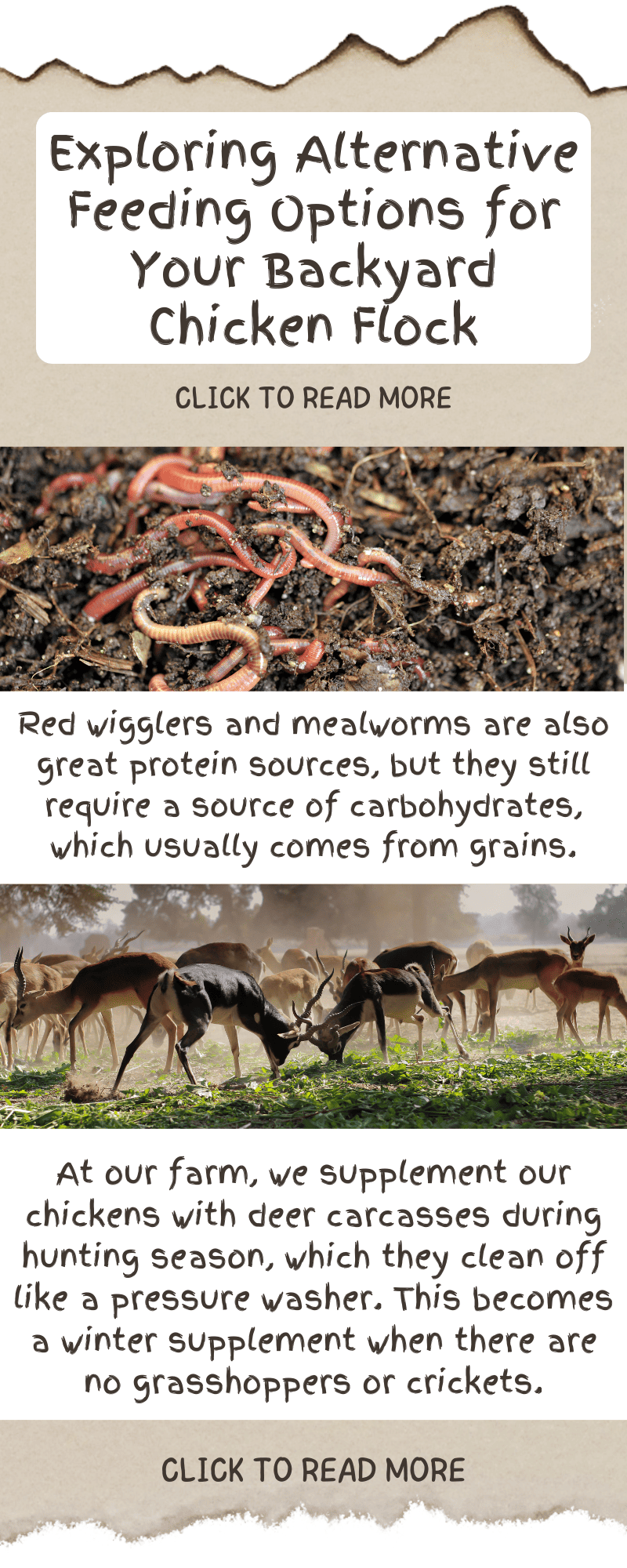
Today, we're going to explore the wonderful world of backyard chicken farming, and specifically, the different ways in which farmers can feed their flocks.
From Mealworms to Earthworms: A Guide to Sustainable Chicken Farming
Now, you may have heard of Harvey Ussery, who wrote the book on backyard chicken flocks and has offered a great deal of alternative feeding options. At our farm, we face the challenge of being at a larger scale, but for smaller flocks like Neil's, some of these alternatives may work wonders.
Let's start with mealworms. While they make a great protein source, they also require a source of food. This is where things can get tricky. For example, will you start picking up roadkill to feed your mealworms? This may not be the most sustainable or hygienic option.
On the other hand, we have the eggmobiles, where chickens can eat maggots from cow pies. However, these maggots come from cows eating grass, so it all starts with getting feed for the cows. The same goes for lab-grown meat, which requires trainloads of soybeans, lentils, peas, and corn as feedstock.
So, what are some other options? One alternative that worked well for us was earthworm beds under the chickens in the winter, where we sprouted Rye on top for the chickens to eat. The earthworms ate rabbit manure, which came from the rabbits eating grass, and the chickens ate the earthworms and sprouted Rye. This created a kind of rotational grazing system that worked well until rats moved in during the winter.
Another option is Harvey's method of using a worm bed for kitchen scraps, which periodically exposes the chickens to compost and worm beds for self-harvesting. Red wigglers and mealworms are also great protein sources, but they still require a source of carbohydrates, which usually comes from grains.
Although backyard chickens can find some of their food sources in nature, they still need a source of carbohydrates, usually from grains.
In the wild, birds primarily eat seeds and bugs, making it a natural option for them. At our farm, we supplement our chickens with deer carcasses during hunting season, which they clean off like a pressure washer. This becomes a winter supplement when there are no grasshoppers or crickets.
However, handling living things like worms and crickets can be challenging and smelly. That's why many farmers prefer grains, which are stable, easy to store, and don't get moldy or funky.
In conclusion, finding the right food for your backyard chicken flock is crucial. Small-scale farms have more flexibility to experiment with different options, while larger farms may need to stick with more stable options like grains.
Thank you for joining us on this journey through the fascinating world of backyard chicken farming.
Embed this infographic on your site.

